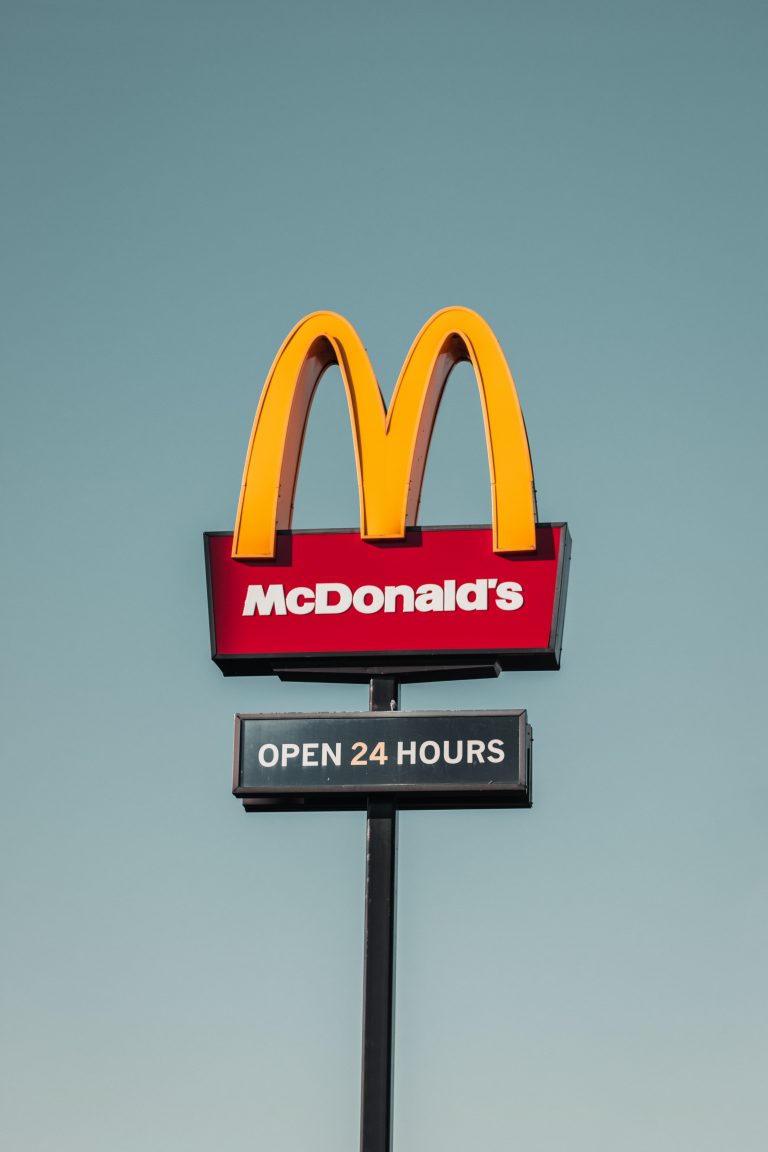Walgreens’ Rxbots

Drugstore chain Walgreens has begun using robots to fill prescriptions. The robots can reportedly fill 300 prescriptions per hour, roughly the same number a pharmacist can fill in a day. The robots fill the prescriptions in a centralized facility and they are then shipped to their stores. This move comes as the chain strives to be more competitive with online pharmacies and stores, and as it moves to build its brand as a healthcare company. By 2025, Walgreens expects to have 22 facilities filling as much as 100,000 prescriptions per day at each. Each facility can fill up to 900 different prescriptions. Once fully operational, Walgreens may fill up to half of its prescriptions by robot.
Rather than replace its pharmacists, Walgreen states that the move to robot-filled prescriptions is designed to complement its pharmacists and free their time to focus on providing healthcare and interact more with patients. Over the past few years, pharmacists in drug stores and hospitals have seen their roles shift dramatically as they have been needed to administer vaccines and Covid tests. Pharmacists will continue to fill rush prescriptions in stores, as well as prescriptions for controlled substances. However, the hope is that this system will allow the pharmacists to open new revenue streams such as diagnosing and treating minor illnesses, such as strep or the flu, and helping patients manage long-term illnesses, like asthma, and give the pharmacists more of a patient-facing role in the pharmacy.
Discussion Questions:
- Sketch a Production Possibilities Frontier to show how this new technology affects Walgreens’ output. Place “Filling Prescriptions” on the x-axis and “Serving Patients” on the y-axis.
- Discuss the difference in expected changes in pharmacists’ employment and wages if the robots are complements vs. if they are substitutes.
- What are some of the determining factors when considering whether to engage in capital-intensive production or labor-intensive production? Why might this make sense for Walgreens to use robotic prescription filling facilities, but not for some other drugstores?
Sources| CNBC: Walgreens turns to robots to fill prescriptions, as pharmacists take on more responsibilities; Photo by Possessed Photography on Unsplash













